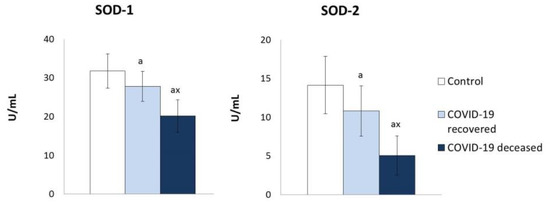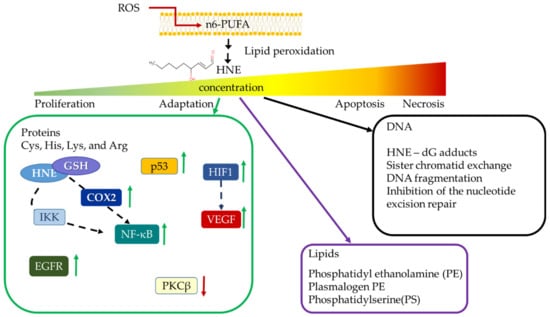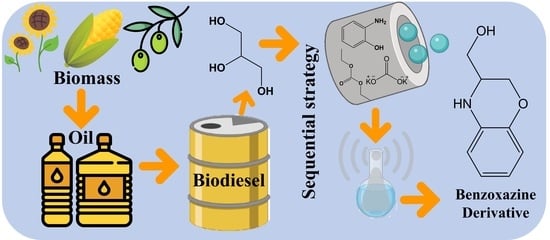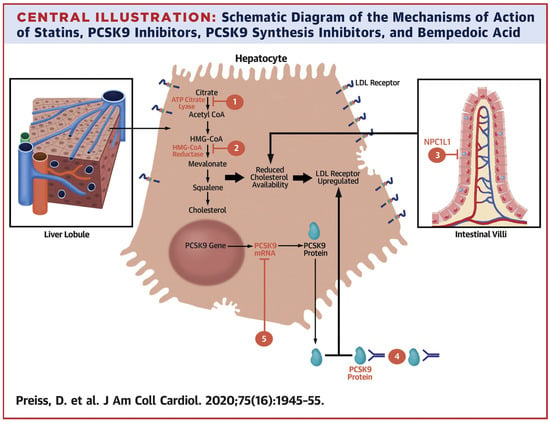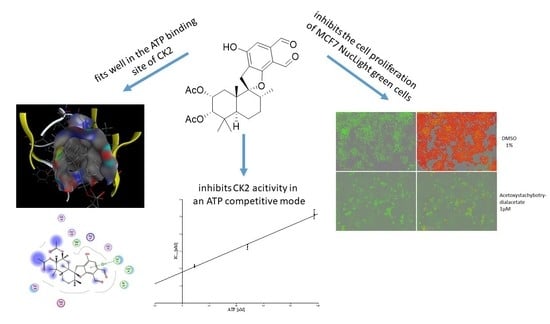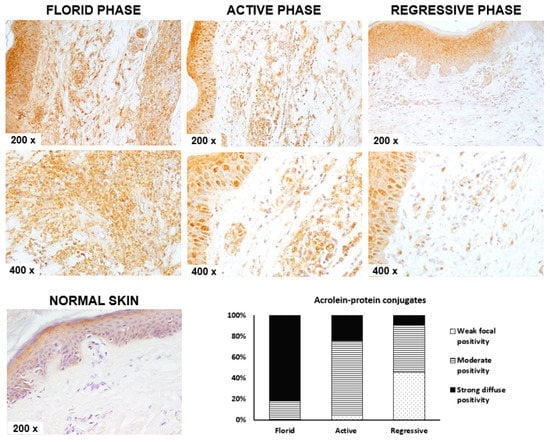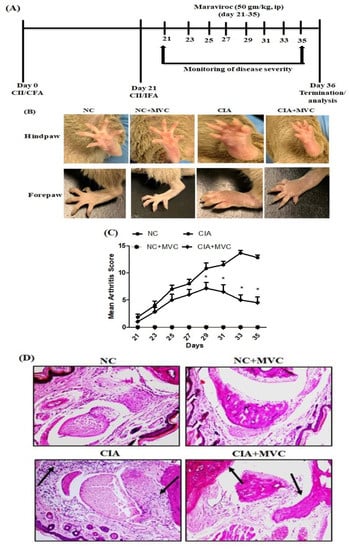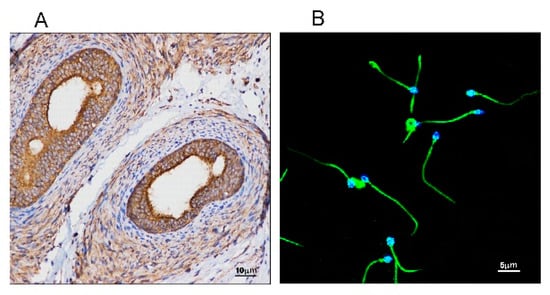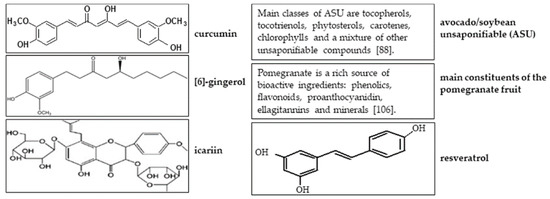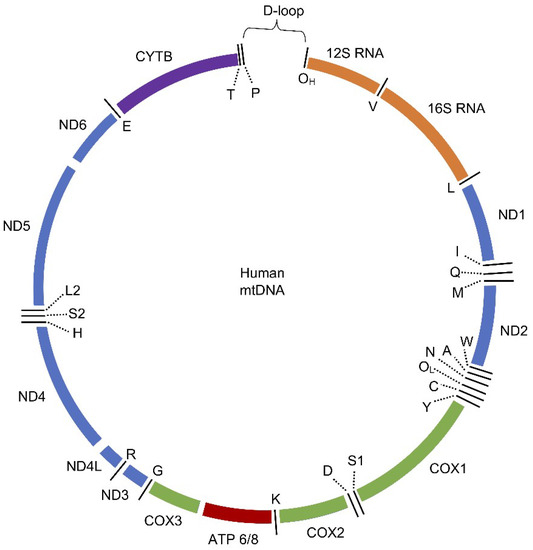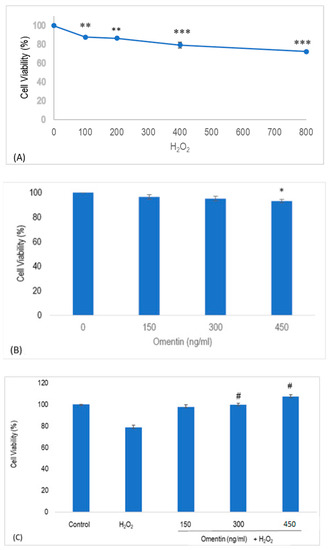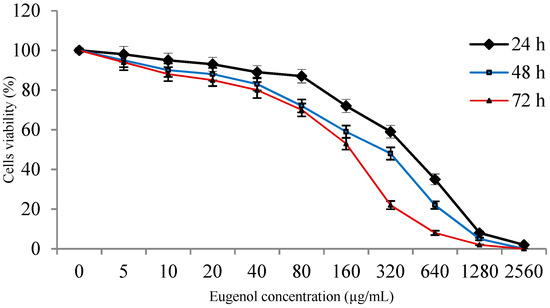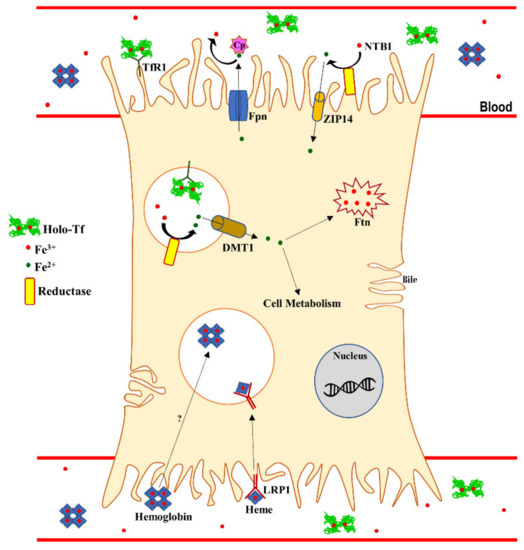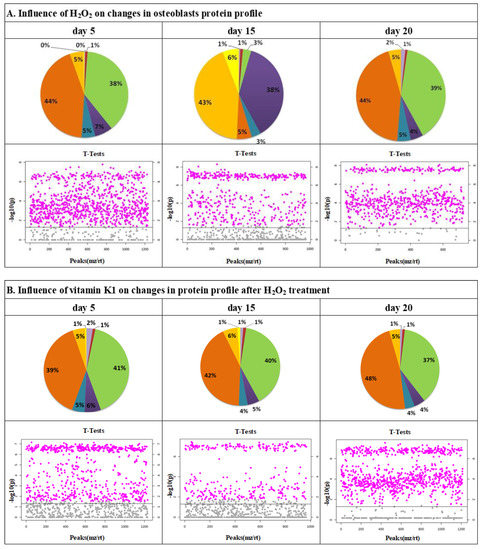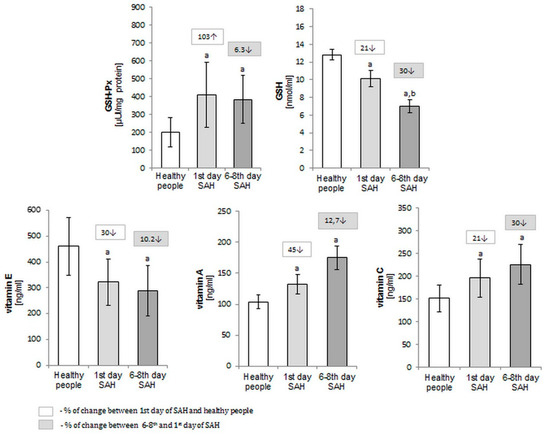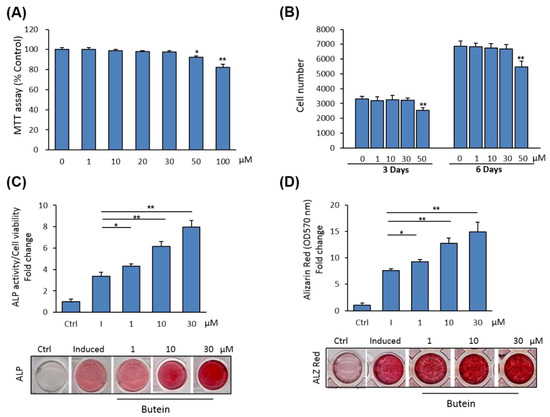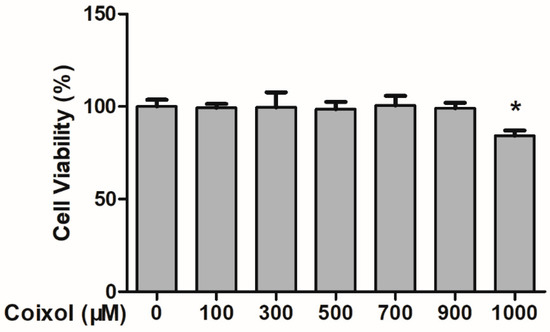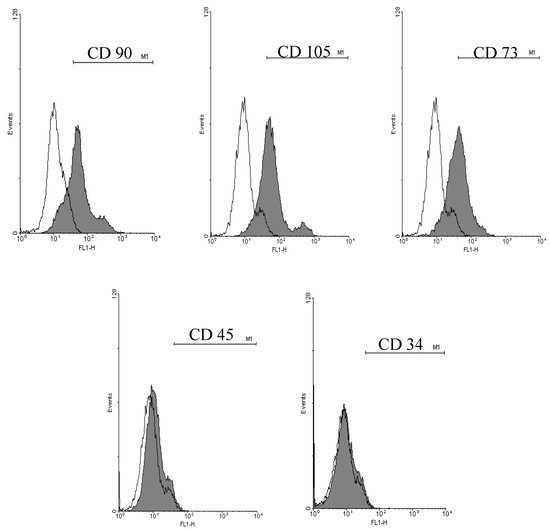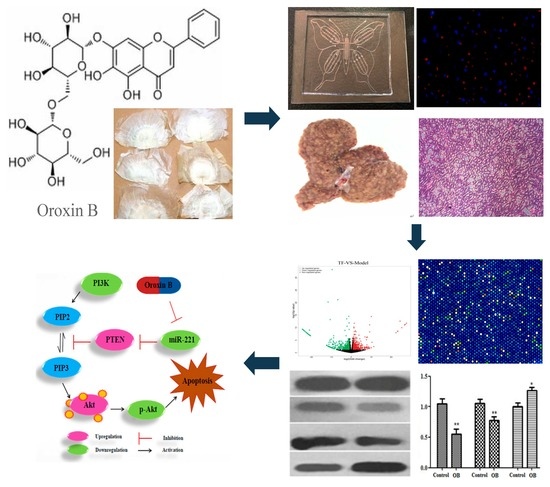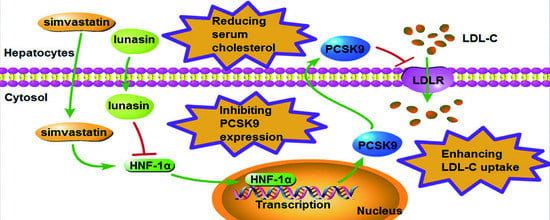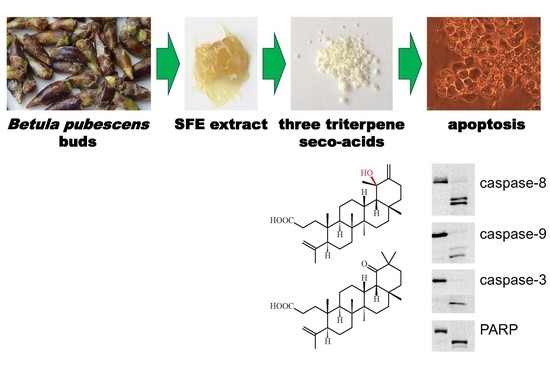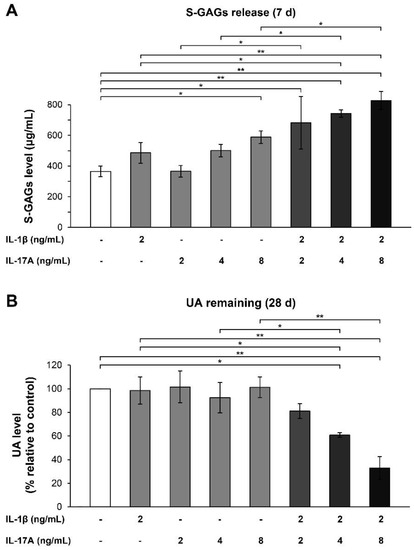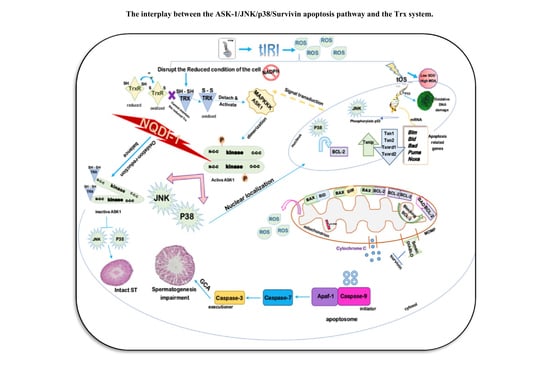Molecular Medicine (Closed)
A topical collection in Molecules (ISSN 1420-3049). This collection belongs to the section "Medicinal Chemistry".
Viewed by 130321Editors
Interests: pathology; CNS; histology; immunocytochemistry; biomarkers; electronmicroscopy
Interests: oxidative stress; growth regulation; cancer; lipid peroxidation; 4-hydroxynonenal (HNE)
Special Issues, Collections and Topics in MDPI journals
Topical Collection Information
Dear Colleagues,
The scope of this Topical Collection on Molecular Medicine will cover a broad spectrum of molecular mechanisms underlying major human diseases, in particular chronic stress- and aging-associated disorders that make pathophysiological pillars for molecular aspects of cancer, (neuro)degenerative diseases, cardiovascular, inflammatory, and metabolic diseases. Molecular mechanisms of etiopathogenesis of such diseases revealed by translation model studies are intended to be complemented by original papers on experimental therapy findings focused on the molecular level. Finally, comprehensive reviews and genuine hypothesis will be welcomed, especially if molecular medicine aspects of major diseases are approached from the modern concepts of integrative biomedicine.
Prof. Dr. Kamelija Zarkovic
Prof. Dr. Neven Zarkovic
Collection Editors
Manuscript Submission Information
Manuscripts should be submitted online at www.mdpi.com by registering and logging in to this website. Once you are registered, click here to go to the submission form. Manuscripts can be submitted until the deadline. All submissions that pass pre-check are peer-reviewed. Accepted papers will be published continuously in the journal (as soon as accepted) and will be listed together on the collection website. Research articles, review articles as well as short communications are invited. For planned papers, a title and short abstract (about 100 words) can be sent to the Editorial Office for announcement on this website.
Submitted manuscripts should not have been published previously, nor be under consideration for publication elsewhere (except conference proceedings papers). All manuscripts are thoroughly refereed through a single-blind peer-review process. A guide for authors and other relevant information for submission of manuscripts is available on the Instructions for Authors page. Molecules is an international peer-reviewed open access semimonthly journal published by MDPI.
Please visit the Instructions for Authors page before submitting a manuscript. The Article Processing Charge (APC) for publication in this open access journal is 2700 CHF (Swiss Francs). Submitted papers should be well formatted and use good English. Authors may use MDPI's English editing service prior to publication or during author revisions.
Keywords
- Growth regulation
- Hormesis
- Biomarkers
- Stress
- Cancer
- CNS
- Lipid peroxidation
- Pathophysiology







